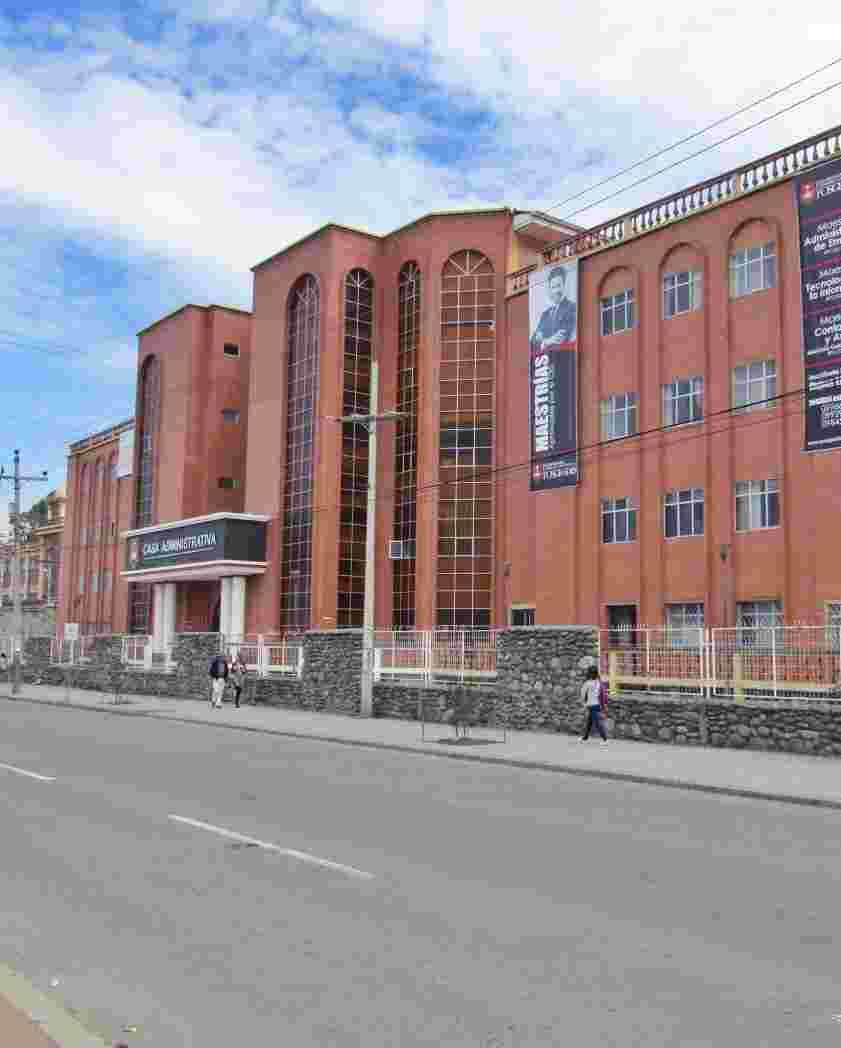Acromegalia y gigantismo diagnóstico y tratamiento. Revisión Sistemática
| dc.contributor.advisor | Idrovo Vásquez, Víctor Aníbal | |
| dc.contributor.author | Vicuña Crespo, Luis Manuel | |
| dc.contributor.cedula | 0302675251 | |
| dc.coverage | Azogues - Ecuador | |
| dc.date.accessioned | 2025-06-11T14:07:24Z | |
| dc.date.available | 2025-06-11T14:07:24Z | |
| dc.date.issued | 2025 | |
| dc.description | Contexto: La Acromegalia y el Gigantismo se caracterizan por ser enfermedades complejas de diagnosticar, con una incidencia anual de tres a cuatro casos nuevos por millón de habitantes. Objetivo: Describir los diferentes métodos diagnósticos terapéuticos para el abordaje de pacientes con acromegalia y gigantismo. Procedimientos: Revisión sistemática de estudios publicados en Pubmed, Scopus, Elsevier, Clinical Endocrinology y Scielo, desde el año 2019 hasta el 2023. Resultados: 17 artículos en español e inglés cumplieron con los criterios requeridos. Se estableció que la sospecha clínica entre un 60% a 98,5% permiten determinar el diagnóstico inicial, los niveles séricos de GH e IGF I son pruebas bioquímicas para solicitar inicialmente (71,3% - 86%). En el tratamiento, la Cabergolina tiene una baja eficacia sobre la acromegalia (37%) en comparación con los análogos de somatostatina: Octreótide 81,6% y Lanreótide del 82% (p=0,001). Mientras que la Pegvisomant (PEGV) alcanzó una efectividad del 62,9% (p < 0,001). La cirugía ha demostrado el 70% de eficacia en acromegalia causada por microadenomas y el 64,9% en los macroadenomas, teniendo una eficacia completa en el 76% si se utiliza terapia adyuvante postoperatoria como la radioterapia (p = 0,02). Conclusión: La Acromegalia y el Gigantismo corresponden a patologías rara, subdiagnosticadas en muchos casos, debido al desconocimiento en la práctica clínica. El diagnóstico inicia con una valoración clínica, pruebas de laboratorio hormonales y estudios de imagen. Actualmente, existe una amplia gama de posibilidades de tratamiento farmacológico y quirúrgico, buscando mejorar el pronóstico de los pacientes. | |
| dc.description.abstract | Background: Acromegaly and gigantism are complex disorders that present significant diagnostic challenges, with an annual incidence of three to four new cases per million inhabitants. Objective: To describe the various diagnostic and therapeutic approaches for the treatment of patients with acromegaly and gigantism. Methods: A systematic review of studies published between 2019 and 2023 was conducted using databases such as PubMed, Scopus, Elsevier, Clinical Endocrinology, and SciELO. Results: Seventeen articles in Spanish and English met the inclusion criteria. Clinical suspicion contributed to the initial diagnosis in 60% to 98.5% of cases. Serum growth hormone (GH) levels and insulin-like growth factor I (IGF-I) were identified as initial biochemical tests, with usage rates between 71.3% and 86%. Regarding treatment, cabergoline showed low efficacy in acromegaly management (37%) compared to somatostatin analogs such as octreotide (81.6%) and lanreotide (82%) (p = 0.001). Pegvisomant (PEGV) achieved an effectiveness of 62.9% (p < 0.001). Surgical intervention demonstrated a 70% success rate in acromegaly caused by microadenomas and 64.9% in macroadenomas, with complete remission reaching 76% when postoperative adjuvant therapy ―such as radiotherapy― was employed (p = 0.02). Conclusion: Acromegaly and gigantism are rare and often underdiagnosed conditions, primarily due to a lack of awareness in clinical practice. Diagnosis begins with clinical evaluation, hormonal laboratory tests, and imaging studies. Currently, a wide range of pharmacological and surgical treatment options are available, aimed at improving patient prognosis. Keywords: acromegaly, gigantism, growth hormone (GH), endocrinology, adenoma | |
| dc.description.uri | Tesis | |
| dc.format | application/pdf | |
| dc.format.extent | vi, 24 páginas | |
| dc.identifier.citation | Vicuña Crespo, L.M. (2025) Acromegalia y gigantismo diagnóstico y tratamiento. Revisión Sistemática. Universidad Católica de Cuenca | |
| dc.identifier.other | 10BT2025-TMed-61 | |
| dc.identifier.uri | https://dspace.ucacue.edu.ec/handle/ucacue/20095 | |
| dc.language.iso | spa | |
| dc.publisher | Universidad Católica de Cuenca. | es_ES |
| dc.relation.uri | http://creativecommons.org/licenses/by/4.0/deed.es | |
| dc.rights | info:eu-repo/semantics/openAccess | es_ES |
| dc.rights | Atribución 4.0 Internacional | es_ES |
| dc.rights.uri | http://creativecommons.org/licenses/by/4.0/deed.es | es_ES |
| dc.source | Universidad Católica de Cuenca | es_ES |
| dc.source | Repositorio Institucional - UCACUE | es_ES |
| dc.subject | ACROMEGALIA, GIGANTISMO, HORMONA DE CRECIMIENTO (GH), ENDOCRINOLOGÍA, ADENOMA | |
| dc.title | Acromegalia y gigantismo diagnóstico y tratamiento. Revisión Sistemática | |
| dc.type | info:eu-repo/semantics/article | |
| thesis.degree.discipline | Salud y servicios sociales | |
| thesis.degree.grantor | Universidad Católica de Cuenca, Campus Azogues. Medicina | |
| thesis.degree.level | Título Profesional | |
| thesis.degree.name | Pregrado | |
| thesis.degree.program | Presencial |




